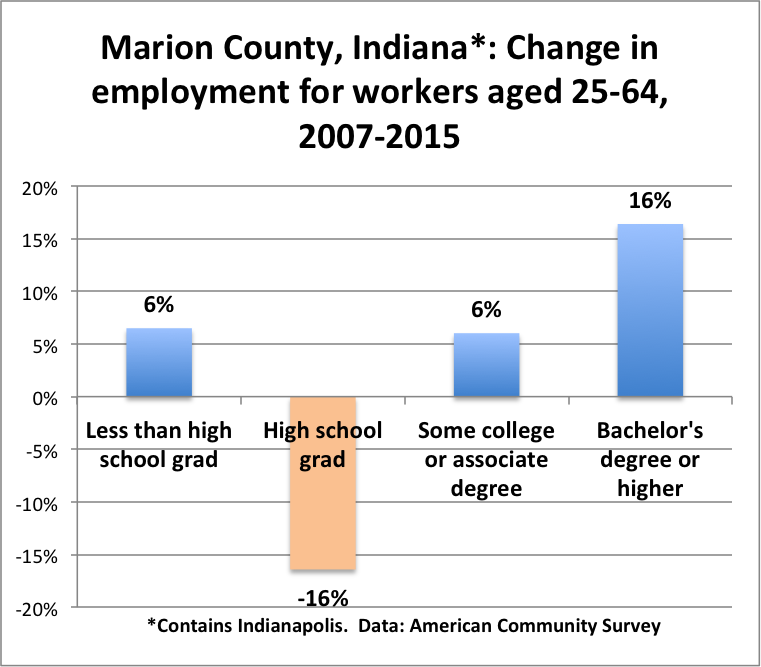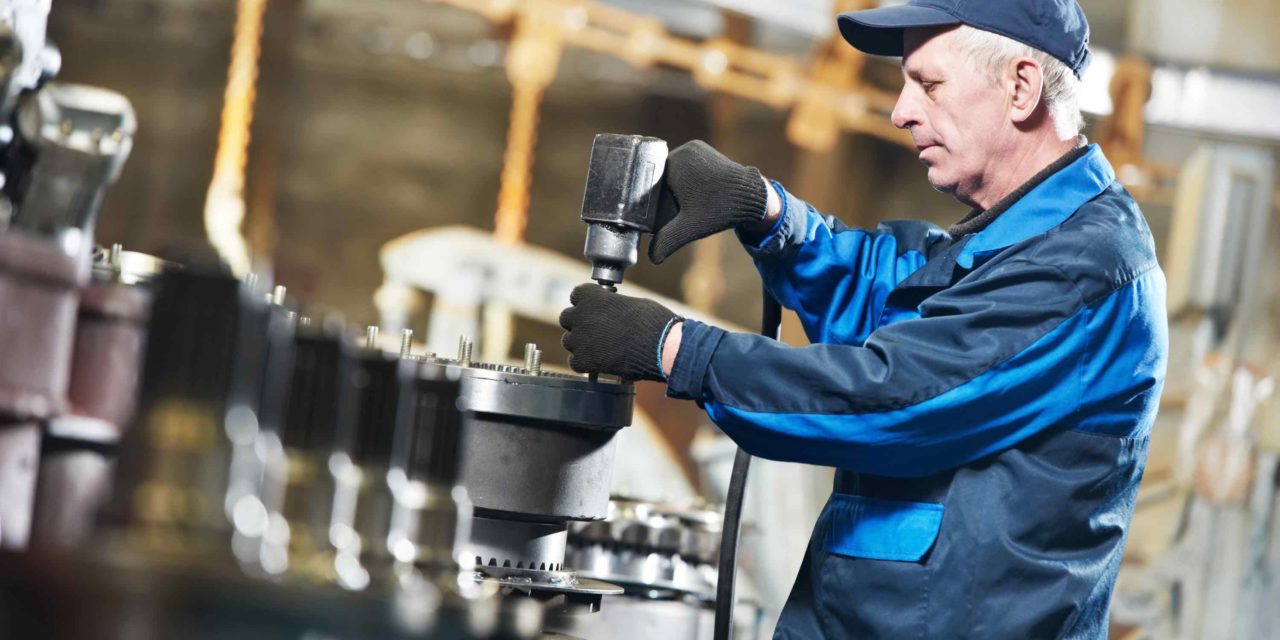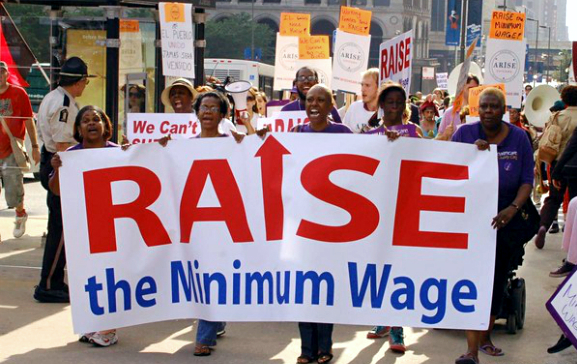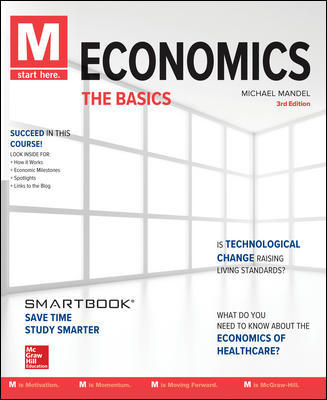December 2016:
In February, Carrier announced that it was moving 1400 jobs in an Indiana factory making furnaces and heating equipment to Mexico. That announcement during the presidential campaign became an important symbol of how trade was hurting American workers. After his election, President-elect Donald Trump helped broker an agreement in which Carrier kept some of those jobs–the exact number is not clear–in the United States, in exchange for $700,000 in state tax incentives from Indiana.
After the deal was made, Greg Hayes, CEO of United Technologies, the parent company of Carrier, went on television. This was his comparison of Mexico and the United States.
GREG HAYES: So what’s good about Mexico? We have a very talented workforce in Mexico. Wages are obviously significantly lower. About 80% lower on average. But absenteeism runs about 1%. Turnover runs about 2%. Very, very dedicated workforce.
JIM CRAMER: Versus America?
GREG HAYES: Much higher.
JIM CRAMER: Much higher.
GREG HAYES: Much higher. And I think that’s just part of these — the jobs, again, are not jobs on assembly line that people really find all that attractive over the long term. Now I’ve got some very long service employees who do a wonderful job for us. And we like the fact that they’re dedicated to UTC, but I would tell you the key here, Jim, is not to be trained for the job today. Our focus is how do you train people for the jobs of tomorrow?
<snip>
GREG HAYES: … if you think about what we talked about last week, we’re going to make a $16 million investment in that factory in Indianapolis to automate to drive the cost down so that we can continue to be competitive. Now is it as cheap as moving to Mexico with lower cost of labor? No. But we will make that plant competitive just because we’ll make the capital investments there.
JIM CRAMER: Right.
GREG HAYES: But what that ultimately means is there will be fewer jobs.
So how should we think about the Carrier plant deal? On the one hand, Greg Hayes is saying that the Mexico plant has a comparative advantage because he gets higher quality workers at a lower wage. To put it another way, if Carrier offered American workers the same wage as its Mexican workers, he would get very few if any qualified workers.
So shifting production to Mexico allows Carrier to both offer lower-priced products and make higher profits. Those lower-priced furnaces, say, benefit US consumers. Meanwhile, the higher profits flow through to US shareholders–include the retirement funds of American workers. If you have money in a retirement fund that invests in the US stock market, you probably own a piece of United Technologies, which is one of the fifty biggest companies on the stock exchange.
That is the straightforward textbook argument for trade. In addition, Hayes makes two other related arguments. First, Hayes notes that as a good profit-maximizing company, United Technologies will change the mix of labor and capital to use more capital and less labor. Second, Hayes predicts that future jobs, even in manufacturing, will require a different mix of skills, and workers should start getting retrained now.
What are the arguments for preserving the Carrier jobs in the US? One is that it is hard for many workers to retrain for jobs that pay comparable wages. Take a look at the chart below for Marion County, Indiana, which is the county containing Indianapolis and the Carrier factory.

We see that Indianapolis-area workers are actually doing pretty well–except for one group, the people who have a high school diploma, but not more education. These are people who had good paying manufacturing jobs. But as those jobs leave the country or are eliminated by automation, they aren’t being replaced by comparable paid jobs for the same education level. It’s hard to retrain for jobs that aren’t there.
So one reason to support Carrier-type manufacturing jobs is that the workers filling these jobs–who bought into the American dream–will otherwise be left adrift.
The other reason to support Carrier-type manufacturing jobs is that they help hold local economies together. It’s a fact that local areas are more than just a random collection of businesses and jobs. Each area has a particular mix of business activities that support each other. In Silicon Valley it’s the tech firms, the venture capitalists, and the lawyer. In the industrial areas of the Midwest it used to be the dense web of manufacturers and their suppliers. Each one that leaves reduces the viability of the ones that remain.
We are not going to come to a conclusion here about whether the Carrier deal was right or wrong. But it’s important to understand the different arguments.
Note: This textbook-based blog is explicitly non-political. We analyze current events for the beginning economics students without imposing our own views on the topic.
Key Terms
Comparative advantage: The tendency of countries to specialize in the goods or services in which they have the biggest productivity advantage or the smallest productivity disadvantage
Additional Readings
“Trump to Announce Carrier Plant Will Keep Jobs in U.S.,” New York Times, November 29, 2016
Photo credit: © Can Stock Photo / kadmy






